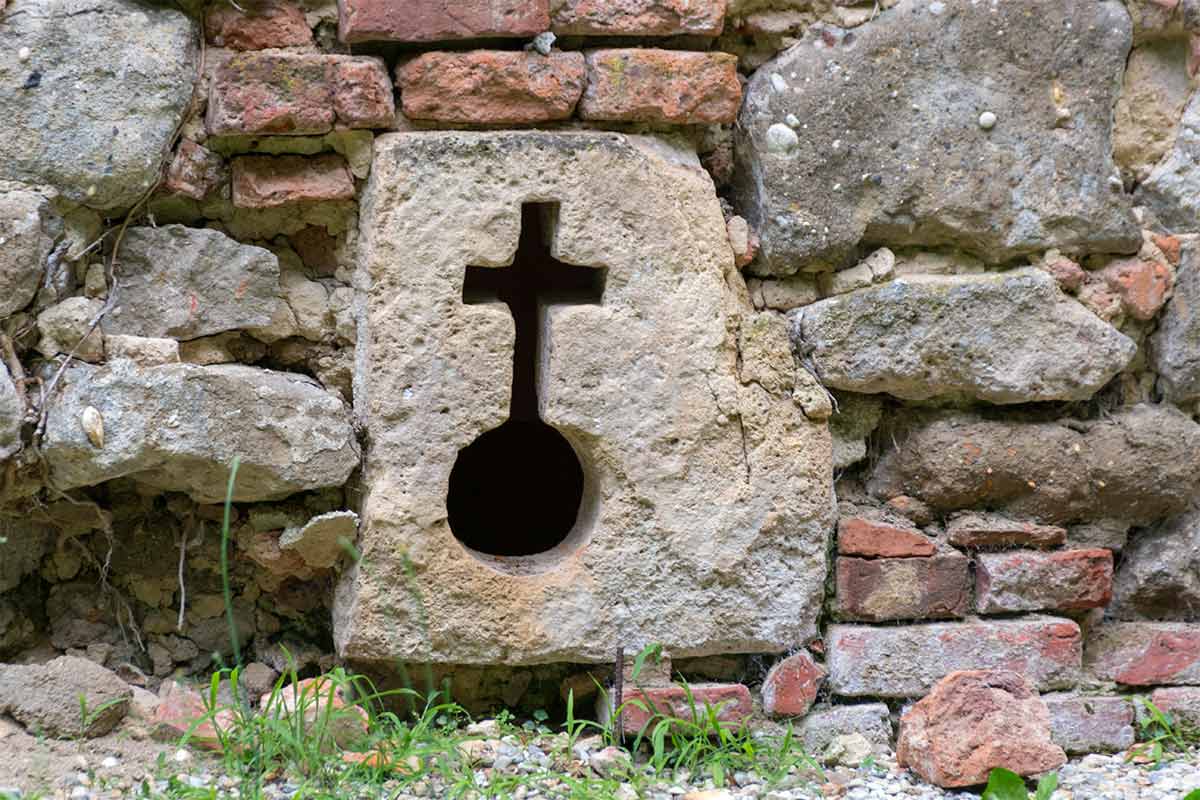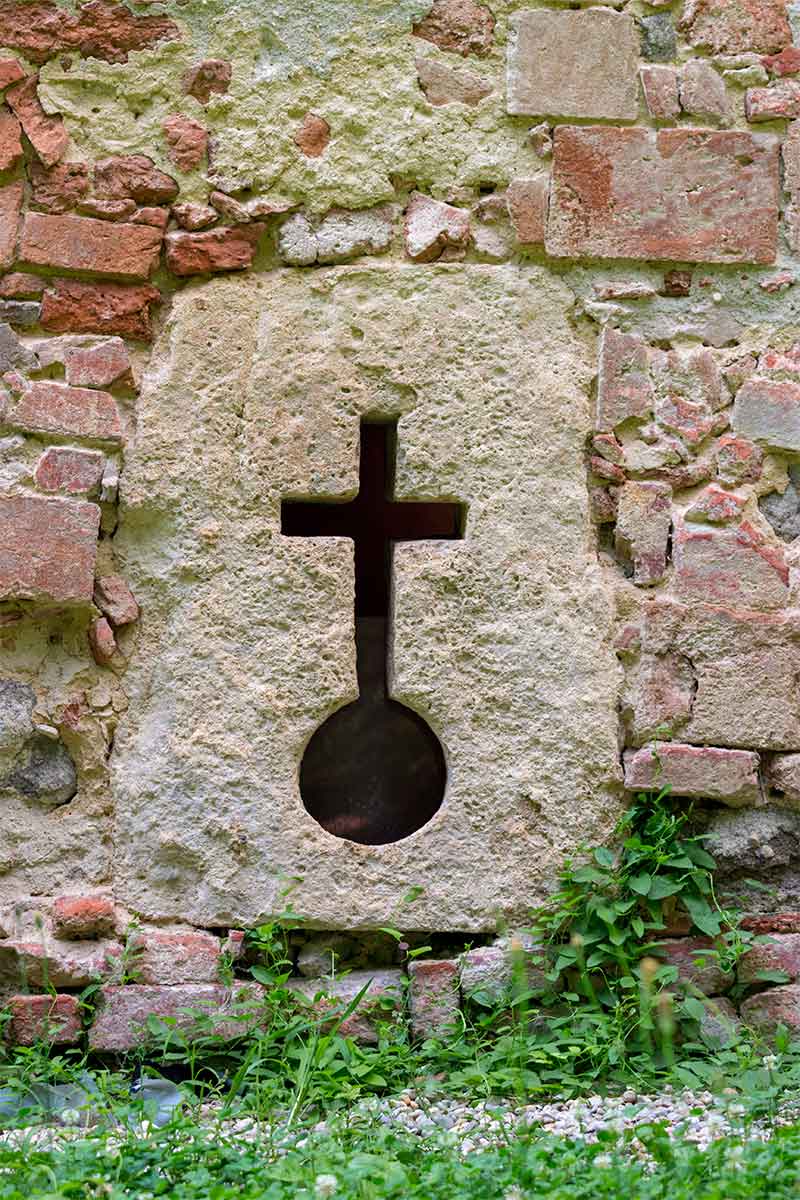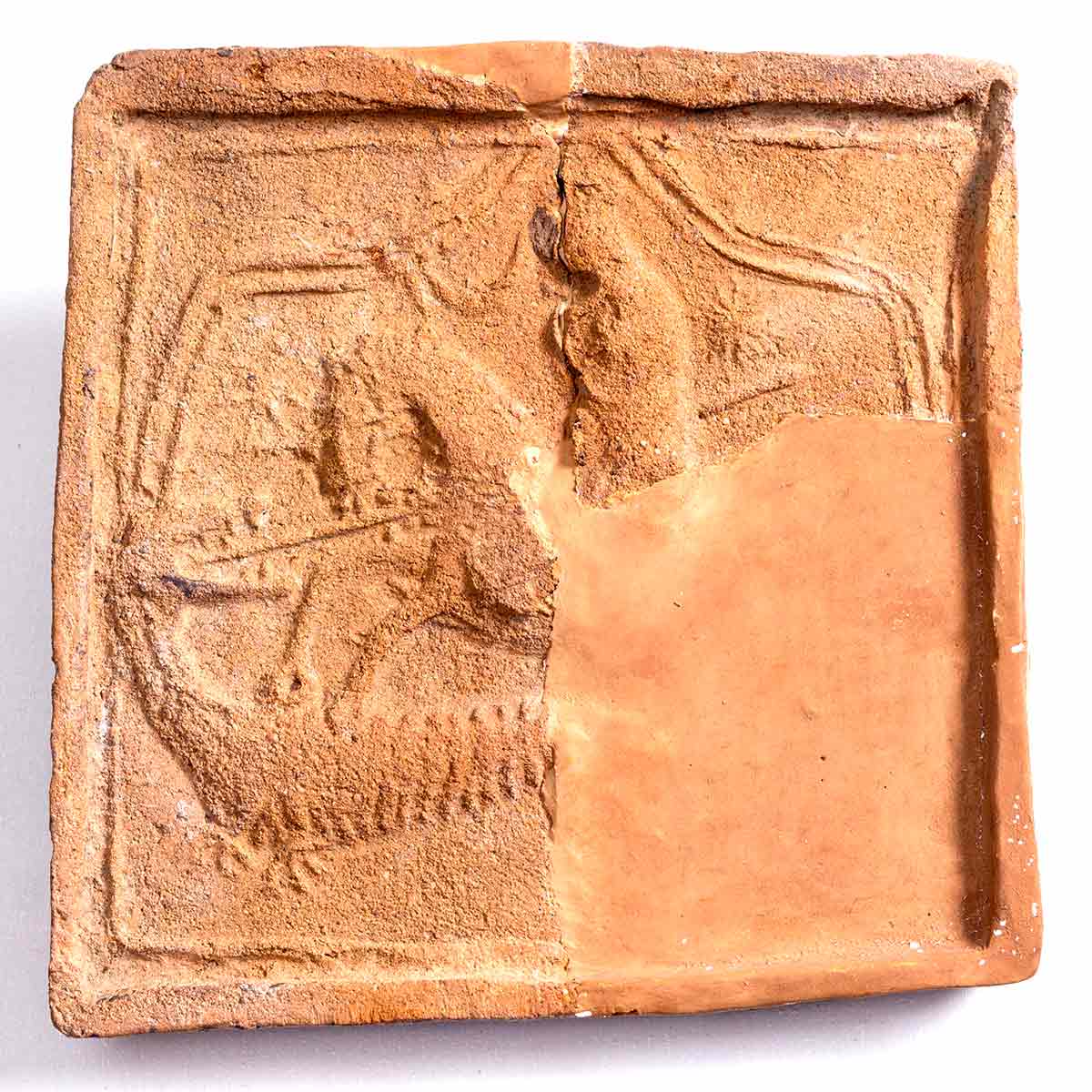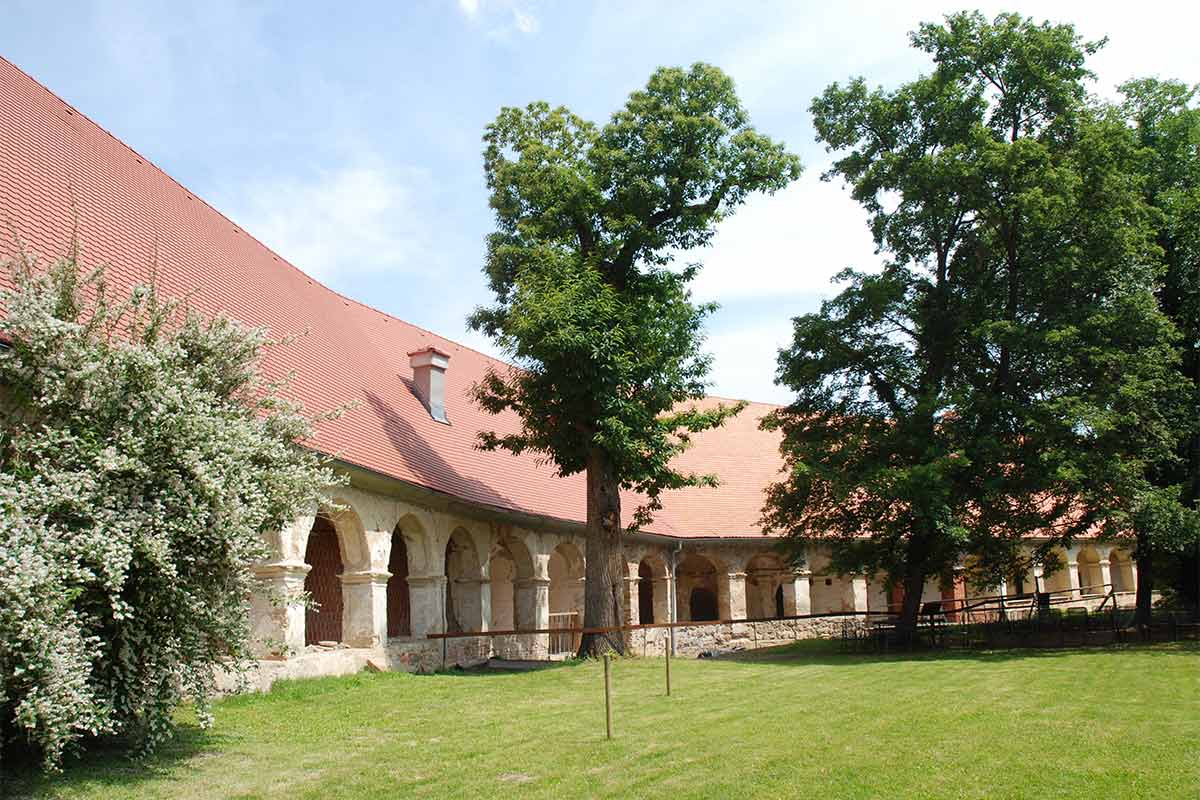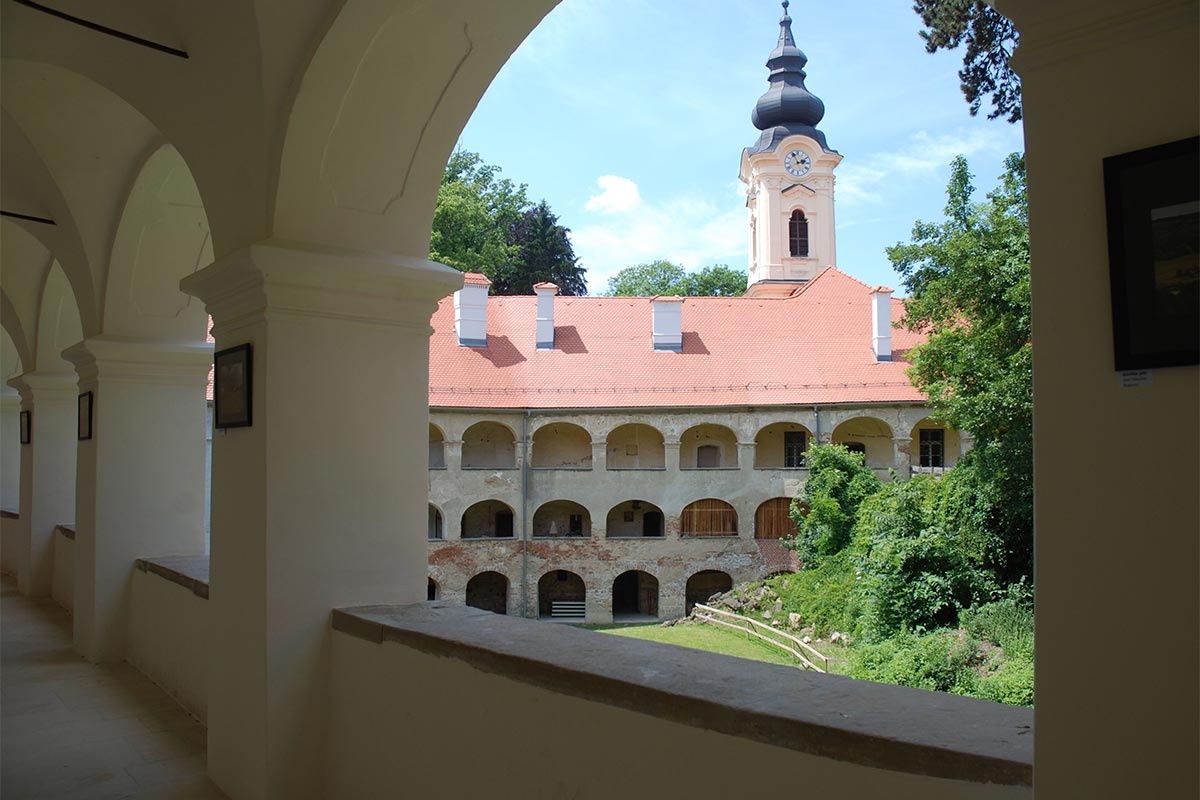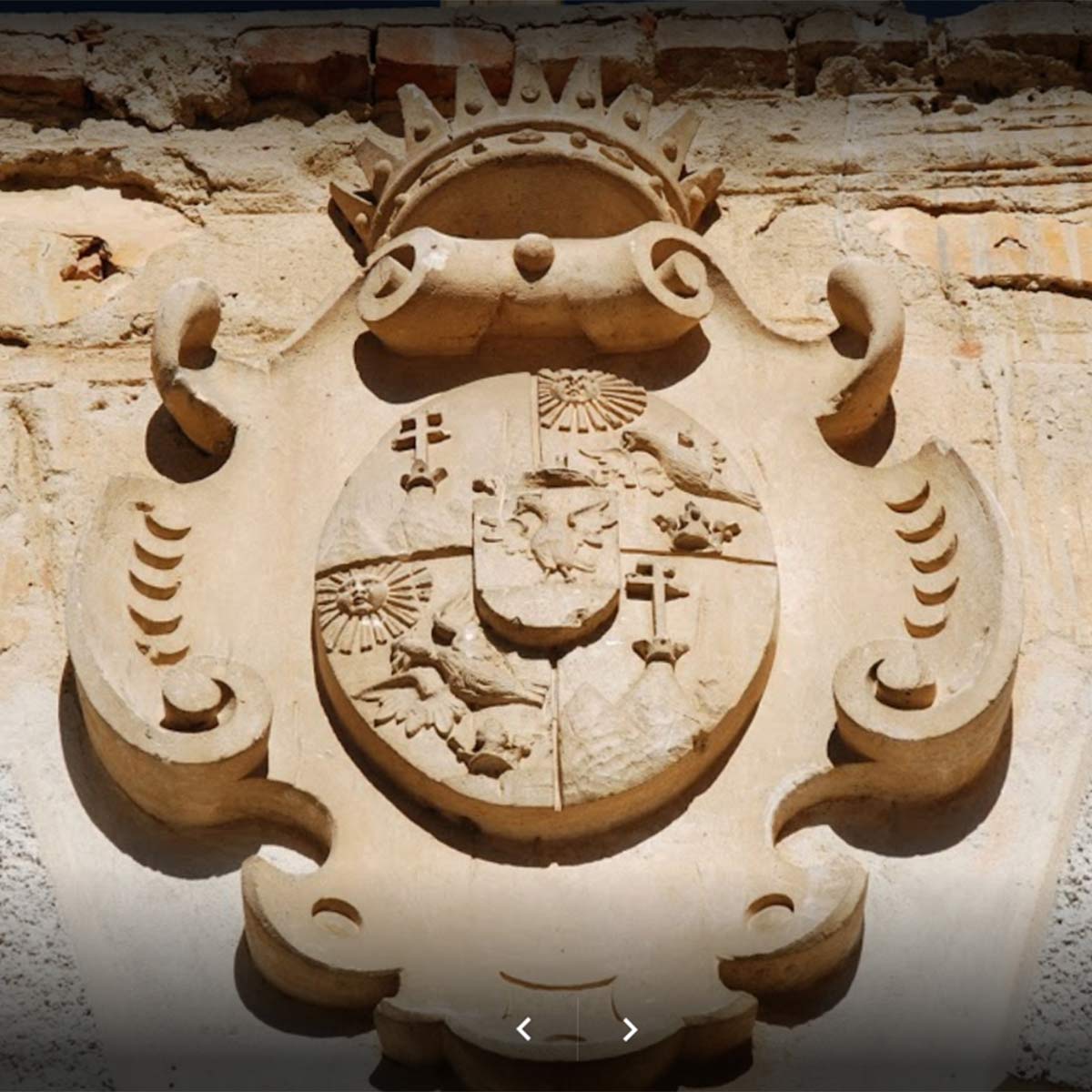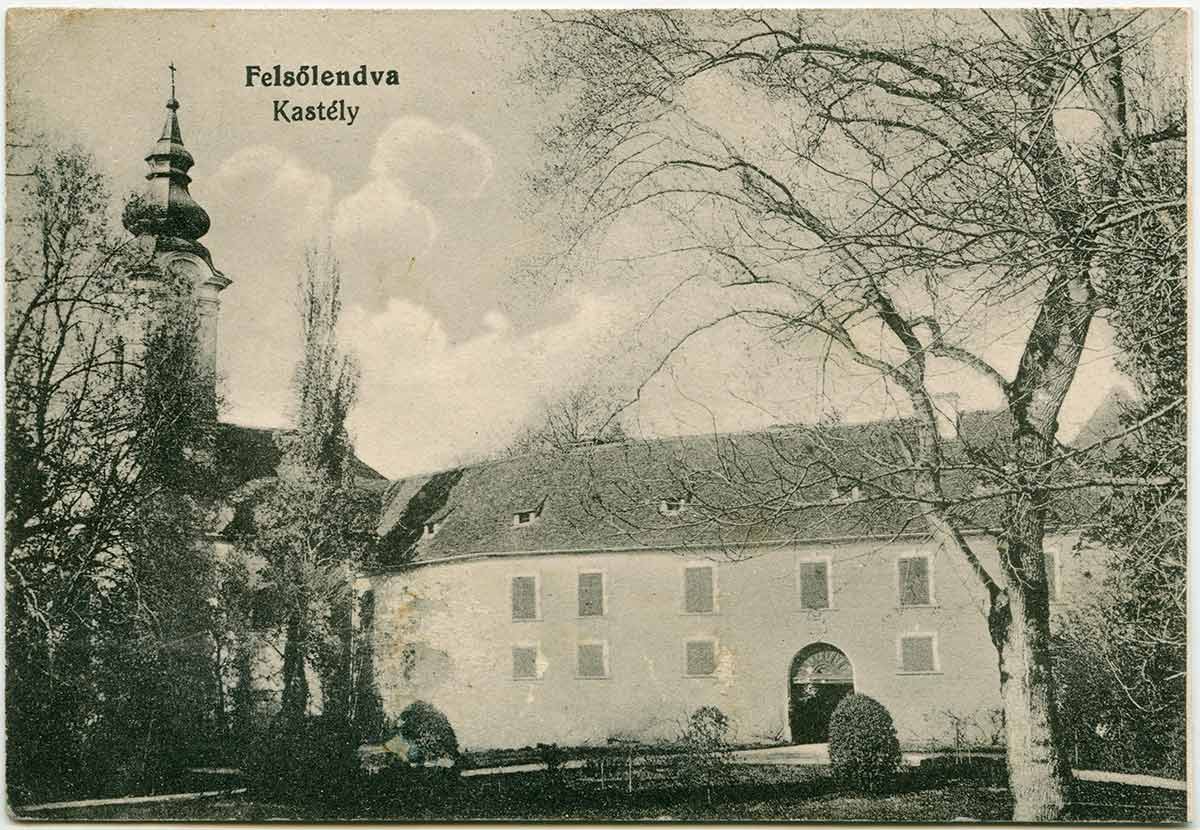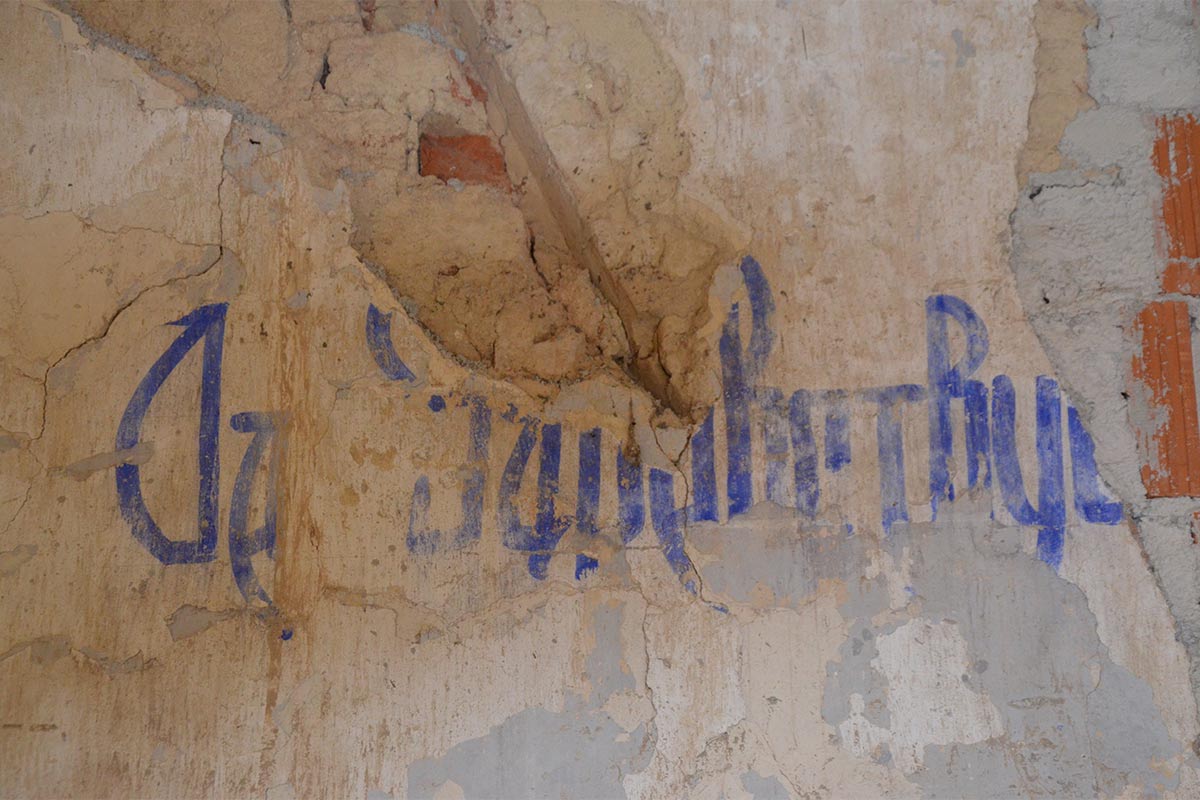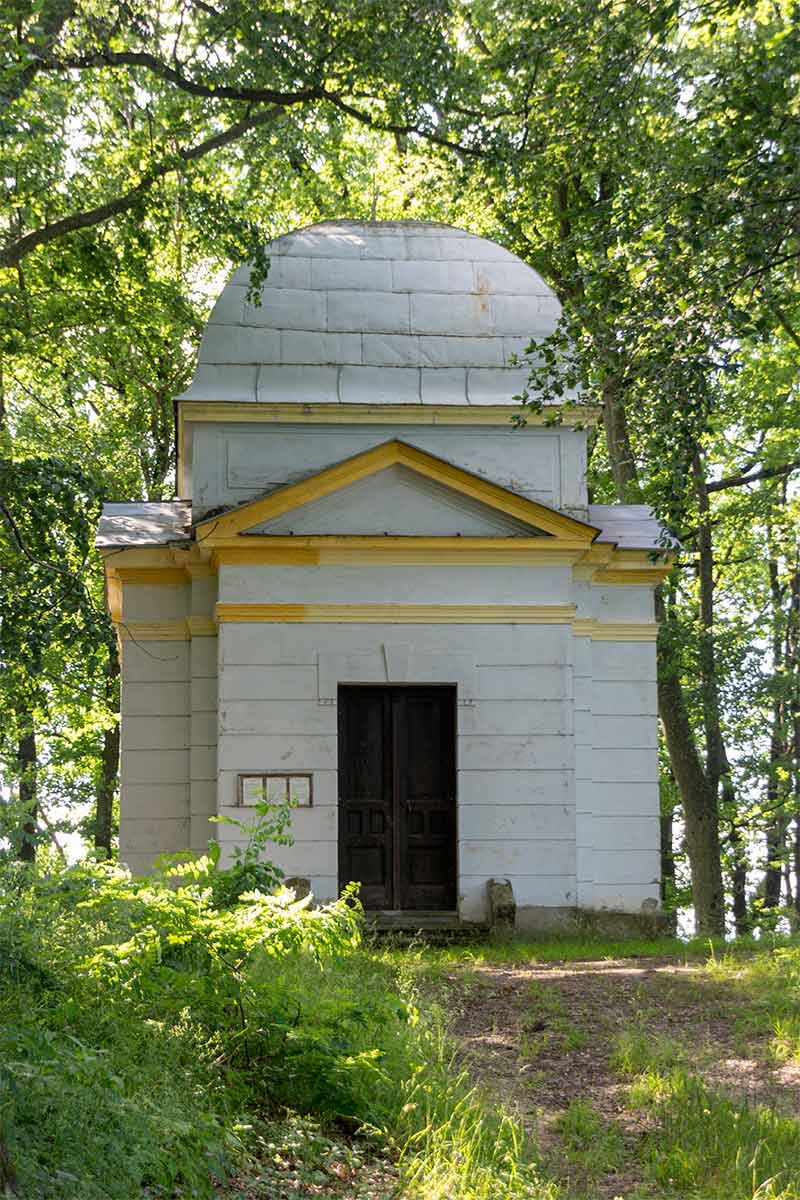Castle Grad
Slovenia's largest baroque castle
Castle Grad is the eldest and biggest among the three castles. The medieval fortress was changed into the present-day Baroque building, which is held to be the largest castle complex in Slovenia. Together with a part of the preserved park, the castle in his rich pentagonal shape with chapel, multi-level arcade corridors in the courtyard shows building structures from 16th to 19th century. In 18th and 19th century the castle Gornja Lendava had many owners, and after belonging to one of the Batthyány's for quite some years, it has been sold to industrialist Geza Hartner in 1929. After the Second World War the building was nationalised and together with the village beneath renamed to Grad. Today it is a property of the Republic Slovenia and managed by the Public Institute of Goričko Nature Park.
Grad Castle timeline
Grad, Gornja Lendava, Felsőlendva, Oberlimbach
1208
In 1208 king Andrew II. gives the fief Lyndwa to Nicholas of Vas (comiti de Ferreo castro).1271
Limbuh Castle (Grad, Gornja Lendava=Upper Lyndua) is first mentioned in written sources from 1271.1275
In 1275 king Ladislaus IV. confirms the estate to Amadé from Gutkeled family.1307–1342
In the period 1307–1342 Nicholas from Amadé Gutkeled family expanded the estate to the river Mura, acquiring Belmura estate with Murska Sobota.1358
In the year 1358 king Louis I. Anjou presented the estate to Palatine Nicholas Kont.1363
1363 the castellanus de Fullyndua were mentioned in a written source.1365-1366
1365–1366 the Széchy family received the estate from the king Louis I. Anjou.1391
In 1391 king Sigismund presented patronage over Szentgotthard abbey to the Széchy family.1415
In a written source dating from 1415 the castle is mentioned as Felseu-Lendva.1535
In the year 1535 Stephan, the last male descendant of Upper-Lyndua Széchy family, died.1570
In 1570 Thomas III. Széchy of Rimaszéch family branch owned the estate together with Mary Magdalen of Upper-Lyndua branch and her husband.1607
A part of Széchy estate received the Batthyány family after the marriage in 1607.1669
In 1669 the owners of the castles Gornja Lendava and Murska Sobota are Peter, Jasper and George Széchy de Rimaszéch.1685
The last descendant of Széchy family, Peter V., died in 1685.1689
The Nádasdy family owned parts of the estate after the marriage in 1689.1730
In the year 1730 count Leopold Nádasdy was the owner of estate and castle Gornja Lendava.1836
Johannes Spech, a Hungarian classicist composer, died in the castle in 1836.1856
Prince Moritz Joseph Johann Dietrichstein bought the castle 1856.1864
In 1864 Edward Almásy bought the castle.1867
His son George Almásy, a zoologist, ethnographer and Asia researcher, was 1867 borne in the castle.1872
In 1872 Theodor Széchenyi bought the castle.1919
Béla Batthyány owned the castle in 1919.1929
Geza Hartner, an industrialist from Murska Sobota, bought the castle 1929.1945
At the end of the II. World War the Red Army was stationed in the castle in 1945.1946
In 1946 the castle was nationalised and owned by Federative Peoples Republic Yugoslavia.1952
In 1952 the castle and the village beneath were named Grad instead of Gornja Lendava.1982
In 1982 the castle became a common property of the Grad local community.1999
In 1999 it was pronounced the State cultural monument in property of the Republic Slovenia.2004
Since 2004 the castle and park are being managed by the Public Institute of Goričko Nature Park (JZKPG).2016
In the year 2016 the Republic Slovenia payed all denationalization obligations.
- Embrasure – Photo: Tomislav Vrečič, PMMS
- Embrasure – Photo: Tomislav Vrečič, PMMS
Grandeur Castle Grad, formerly Gornja Lendava, stands on a steep hill of basaltic tuff (320 m high) above the Grad settlement, in the northwest of the Goričko region.
- Castle stove with St. George fighting the dragon – Photo: Tomislav Vrečič, PMMS.
On the basis of archaeological excavations, the beginnings of the former well-built medieval centre are preserved in the remains of a tall tower, known as a bergfried. Over the course of eight centuries, a large castle structure was built, which is today considered one of the largest baroque castles in Slovenia. Renaissance palacio was built in the 14th century. In the 15th century it was connected to the ancient bergfried and the first Palacio. In that period, the chambers were undoubtedly decorated by valuable paintings, tapestries, and furniture.
- Arcades in the courtyard – Source: JZKPG
Rich pentagonal shape the Castle got in the 16th century, when owned by Széchy family. The castle was given its present appearance during the 16th and 17th centurY. Following the attacks by the Turks, peasants and rebellious farmers, the Castle got its baroque image. Elements of other periods, from Romanesque to Baroque, are skilfully included in the castle complex and reflect the wealth of its owners.
- View towards the chapel bell – Source: JZKPG.
In the 18th and 19th century it was renovated and the present bell tower was added to the castle chapel (1751, renovated in 2001), which was the concluding action of the baroquisation of the castle, performed by Nádasdy family. On the first floor, also called the noble floor, or piano nobile, the rooms are brighter and ceilings are higher to serve the needs of the lords of the manor.
- Coat-of-arms of the Szechenyi family over the entrance portal – Source: JZKPG.
Between the two World Wars the castle was owned by the industrialist Geza Hartner from Murska Sobota. In the year 1945 a unit of the Russian army was stationed here, after the Second World War the building was nationalised. New occupants moved into the empty rooms, and one part of the building was also used for offices. Between the years 1960 and 1990 the castle was left to fall into ruin. After 1995 the renovations started, which still are not concluded.
- Picture postcard, owner Štefan Vida
Ownership of the castle changed several times, including descendants of the Nádasdys, Széchenyis and Batthyánys as well as other owners in 19th and at the begin of 20th century.
- Inscription Long lives Red army in Russian. – Photo: Stanislava Dešnik, JZKPG.
- Crypt – Photo: Tomislav Vrečič, PMMS
